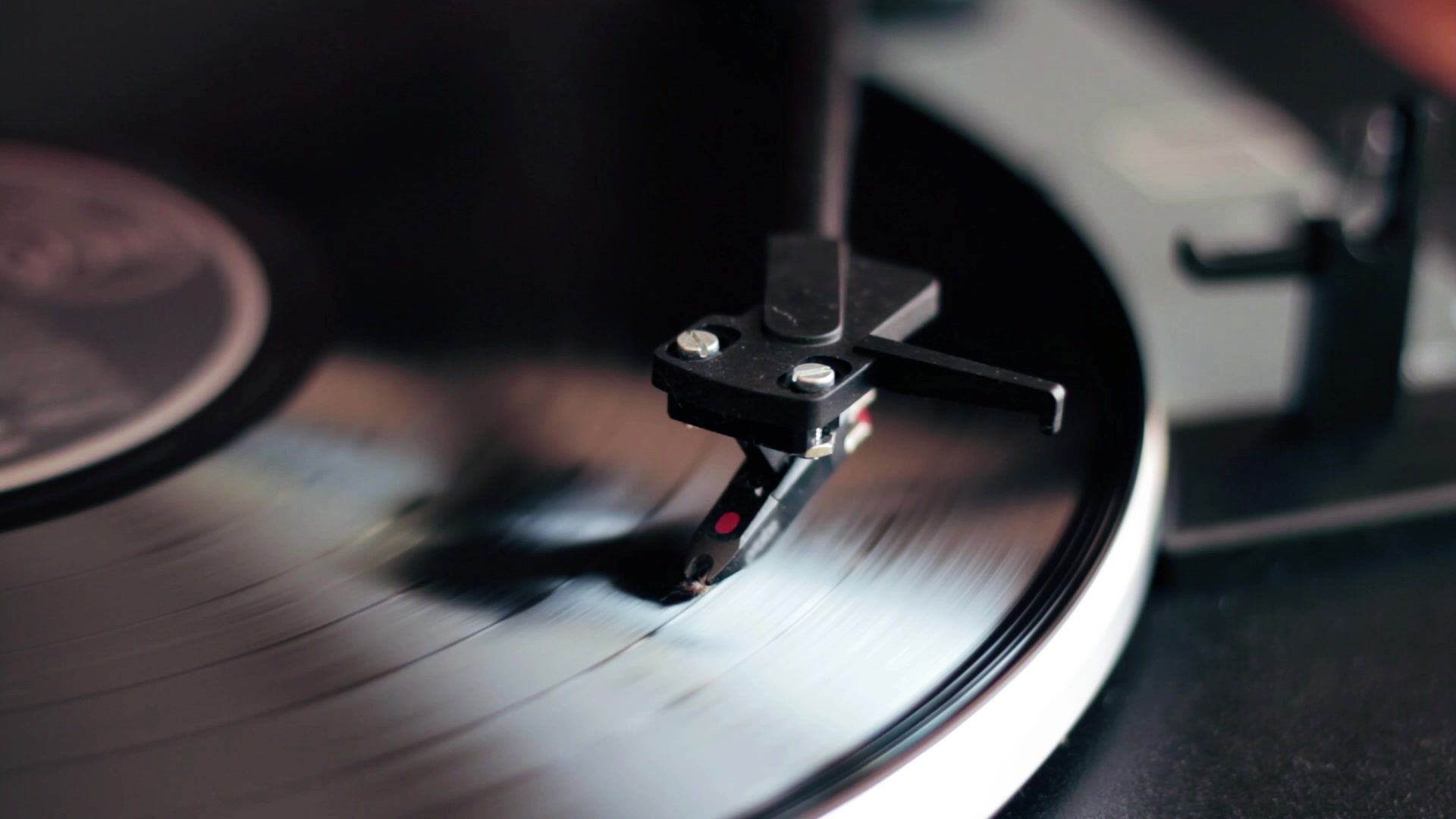The romantic myth that Marco Polo brought pasta on his return from China has long been debunked. Our friend, Marco, returned in 1295 after twenty-odd years of travel away from Italy. In 1279, however, a Genoese soldier listed in the inventory of his estate a basket of dried pasta ('una bariscella plena de macaronis'). The Chinese are known to have been eating a "noodle-like food" as early as 3000 BC. Marco Polo describes a starchy product made from breadfruit - hardly durum wheat.
The first mention of a recipe is in the book "De arte Coquinaria per vermicelli e maccaroni siciliani" (The Art of Cooking Sicilian macaroni and Vermicelli). This was recorded by the chef to the Patriarch of Acquileia. The first historical references to dried pasta made in proportions large enough to be offered for sale are found in the city of Palermo.
Dried pasta became popular through the 14th and 15th Centuries, as it could be easily stored on ships, among them ones setting out to explore the New World. Various types of pasta, including long hollow tubes, are mentioned in the 15th Century records of Italian and Dominican monasteries. By the 17th Century, pasta had become part of the daily diet throughout Italy because it was economical, readily available and versatile.

